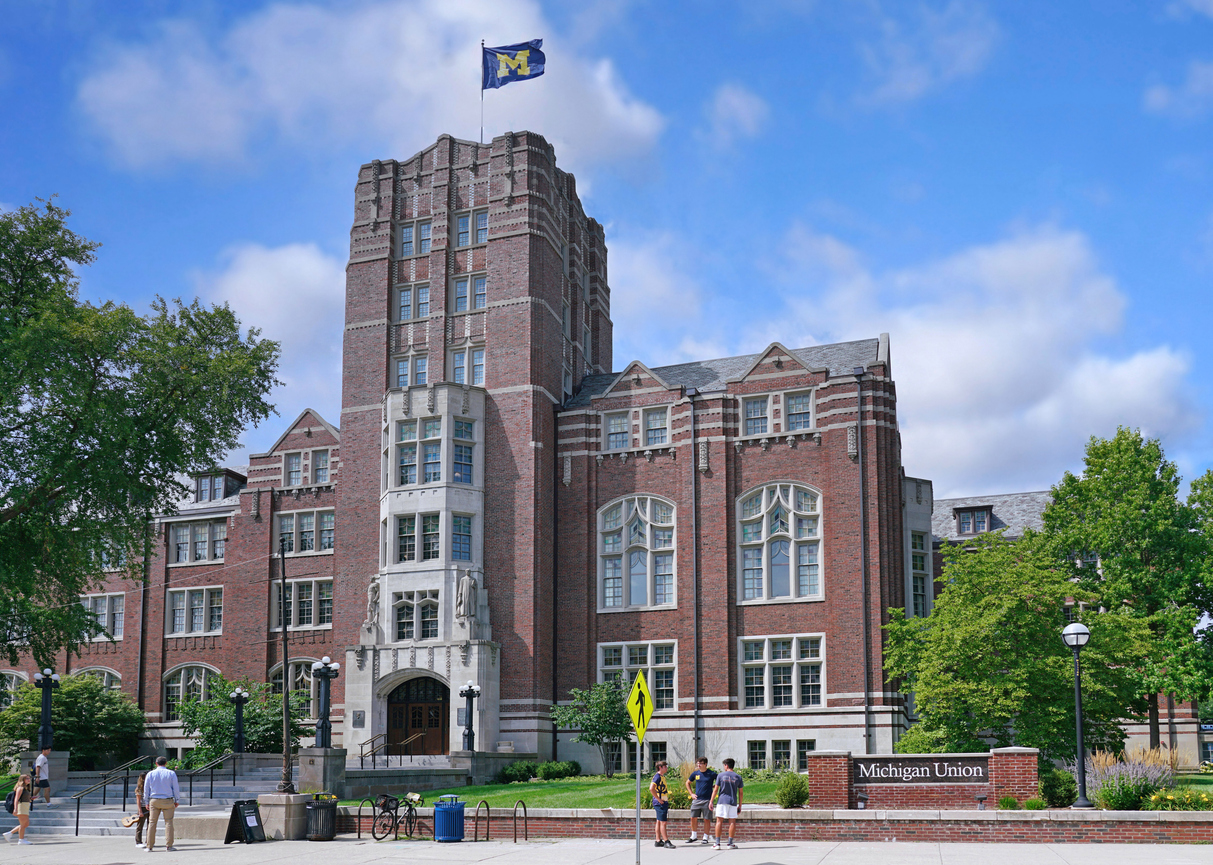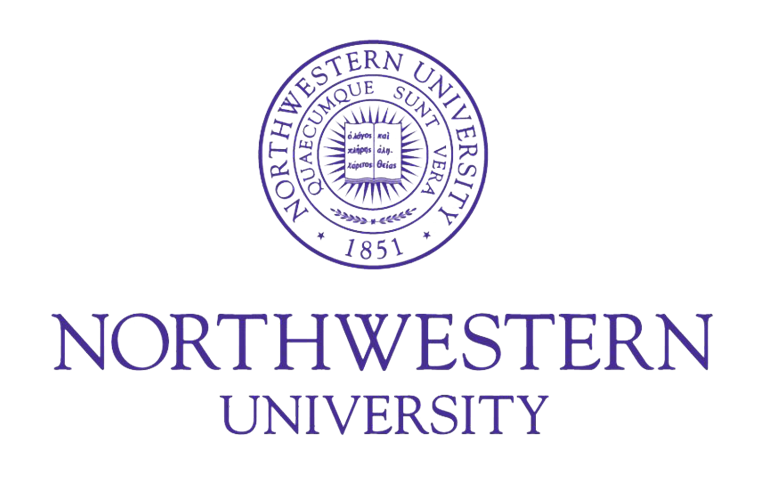
What Are the Public Ivies and Why Should You Consider Adding Them to Your College List?
By
AtomicMind Staff
July 23, 2025
•
2
min read
Share this Article
Simply highlight text to share on social or email
When building a smart and strategic college list, many students and families focus on the Ivy League and overlook some of the most competitive and high-impact public universities in the U.S.
These institutions, often referred to as Public Ivies, offer rigorous academics, world-class faculty, vibrant campus communities, and outstanding career opportunities—at a fraction of the price of their private peers, especially for in-state residents.
So what exactly is a Public Ivy—and why might one be a great fit for you?
What Is a “Public Ivy”?
The term “Public Ivy” was coined in 1985 by higher education journalist Richard Moll in his book The Public Ivies: America’s Flagship Public Universities. Moll originally identified eight public universities that, in his view, provided an Ivy League–level education without the Ivy League price tag. His original list included:
- The University of California (system)
- The University of Michigan
- The University of North Carolina at Chapel Hill
- The University of Virginia
- The College of William & Mary
- Miami University in Ohio
- The University of Vermont
- The University of Texas at Austin
Over time, this list has expanded. While there’s no official governing body defining the Public Ivies, the term generally refers to highly selective, academically rigorous public universities with strong reputations and robust alumni networks. According to U.S. News & World Report’s most recent rankings of public national universities, these schools consistently rank among the best:
- The University of California, Berkeley
- The University of California, Los Angeles
- The University of Michigan, Ann Arbor
- The University of Virginia
- The University of Florida
- The University of North Carolina at Chapel Hill
- The University of California, Santa Barbara
- The University of California, Irvine
- The University of California, San Diego
- The University of California, Davis
- The University of Texas at Austin
- The University of Wisconsin, Madison
- The University of Illinois Urbana-Champaign
- The College of William & Mary
Many of these schools now compete with Ivy League institutions in terms of research funding, faculty prestige, selectivity, and student outcomes.
What Makes a School a “Public Ivy”?
To be considered a Public Ivy, a university typically demonstrates:
- Academic Excellence: Top-ranked programs, competitive admissions, and a wide array of undergraduate and graduate degrees.
- World-Class Faculty and Research Opportunities: Professors who lead cutting-edge research, publish widely, and often hold prestigious fellowships or awards. This often leads to better research opportunities for students as well.
- Exceptional Resources: Access to extensive libraries, advanced labs, tech centers, study abroad programs, honors colleges, and more.
- Diverse and Engaged Campuses: Active student bodies with hundreds of clubs, robust athletics, and strong alumni networks that support graduates around the world.
- Affordability and Accessibility: Lower tuition than private peers—especially for in-state students—and generous financial aid policies, scholarships, and fee waivers for high-need students.
Who Should Consider a Public Ivy?
Public Ivies are ideal for students who are:
- Looking for prestige and quality without the price tag of private colleges
- Interested in large, dynamic campuses with many options and opportunities
- Excited by interdisciplinary research, global connections, and real-world impact
- Hoping to graduate debt-free or with significantly less student loan burden
In short: If you’re a high-achieving student who wants elite academics, diverse peers, and a strong return on investment, Public Ivies deserve a serious look.
Are the Public Ivies as Prestigious as the Ivy League?
This question comes up often—and the answer depends on what you mean by “prestigious.”
No, Public Ivies are not members of the Ivy League (a specific athletic conference that includes eight private universities in the Northeast). But yes, many Public Ivies have equal or greater impact in certain academic fields, produce Nobel laureates, lead pioneering research, and attract employers just as elite as any Ivy League school.
That said, they’re often less exclusive and more accessible—especially for in-state students. For many families, that combination of excellence and affordability makes them a top-tier choice.
Some critics argue that the term “Public Ivy” is misleading or overly focused on prestige. But for students focused on outcomes—like graduate school admissions, research opportunities, or landing that first big internship—the label may matter less than what these schools actually offer.
Final Thoughts: Should You Apply to a Public Ivy?
If you’re crafting a thoughtful college list, Public Ivies should be on your radar.
They combine:
- Rigorous academics
- Global name recognition
- Competitive financial aid
- Inclusive, mission-driven communities
- World-class research and career pipelines
And in a college admissions landscape that gets more competitive every year, expanding your list to include top public universities gives you a better chance of finding schools where you’ll truly thrive.
Want Help Choosing the Right Public (and Private) Schools?
At AtomicMind, we help students build a smart, well-balanced college list tailored to their goals, strengths, and stories. From Ivies to Public Ivies—and everything in between—we’ll guide you through every step of the application process.
Contact us today to start your personalized admissions journey. Let’s make your dream school list a reality.

Share this Article



